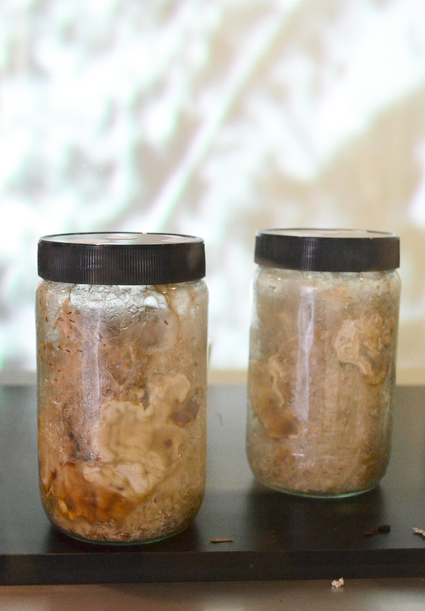About
Psilocybe tampanensis was collected in the wild by Steven Pollock in 1977 and all spores from this species have originated from this only specimen. A few years later mycologist Paul Stamets developed a method to cultivate sclerotia, which became the original "Philosopher's stones".
The taste is very different from other psychedelic mushrooms, with a slightly tart and nutty flavour. Effects are identical to those of other psychedelic mushrooms. The active component in the sclerotia is psilocybin, a tryptamine that is chemically similar to the human neurotransmitter DMT (dimethyltryptamine). DMT is one of the strongest visionary psychedelics, which occurs abundantly in nature (trees, grasses etc.) and is easily broken down by the body's MAO enzymes, leaving no toxic byproducts behind.
Growing process
Stage 1
The growth substrate has been inoculated with the mushroom spores and placed inside a tightly sealed jar.
Stage 2
The optimal temperature for growth at this stage is 20-24°C. Temperature fluctuations and high temperatures should be avoided. This growth stage lasts approximately five months.
Stage 3
The mushroom will be ready for harvesting approximately five months after the growing substrate has been inoculated with the spores. The jar should never be opened prior to harvesting and all the sclerotia should be harvested at once.
